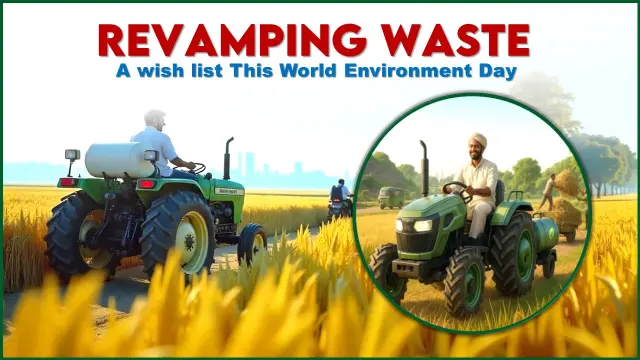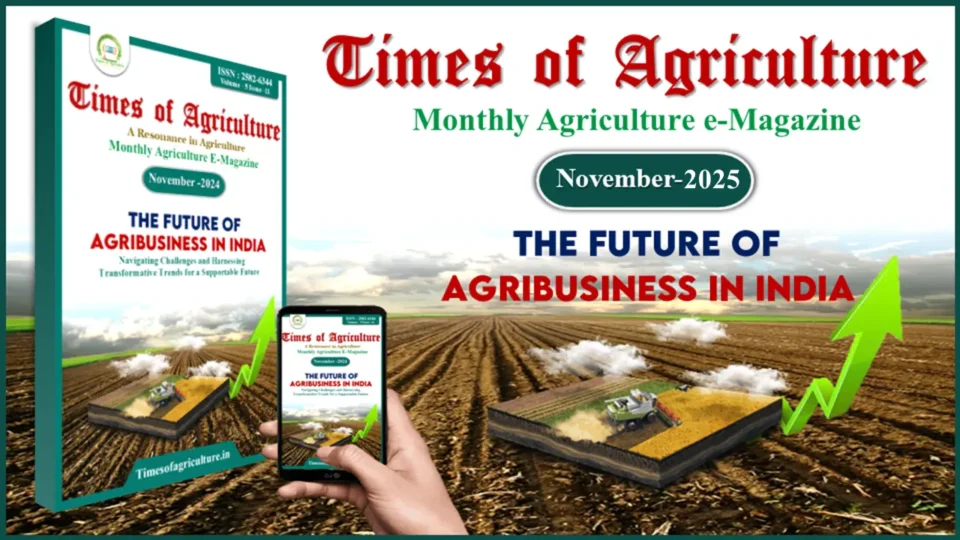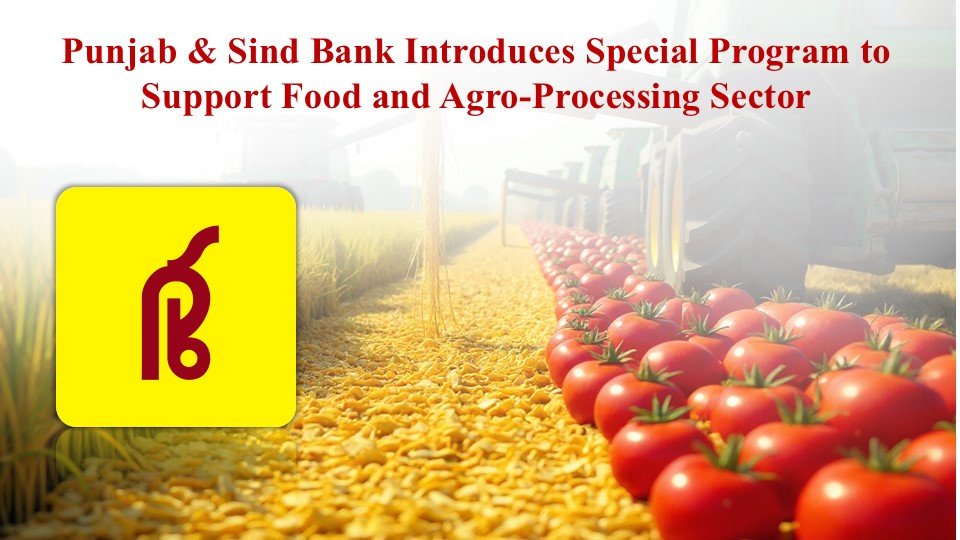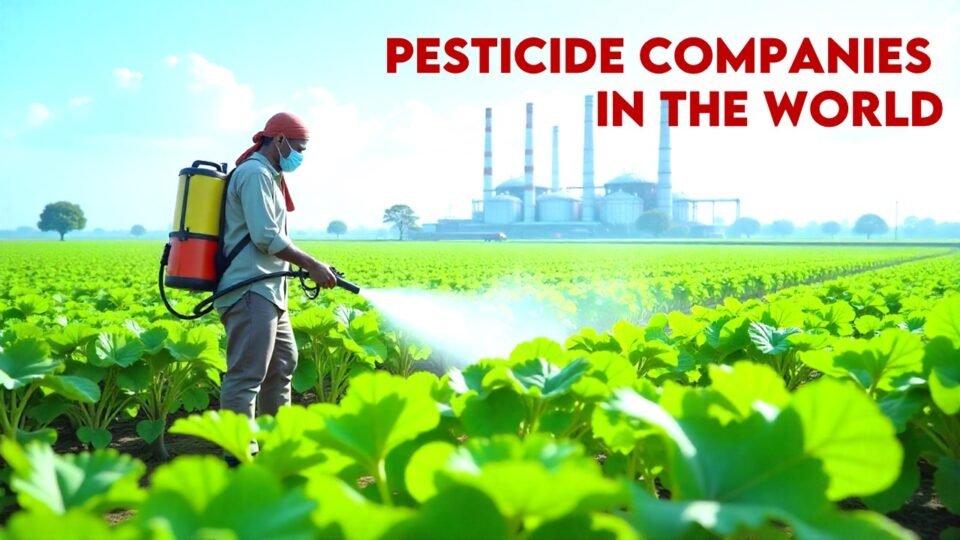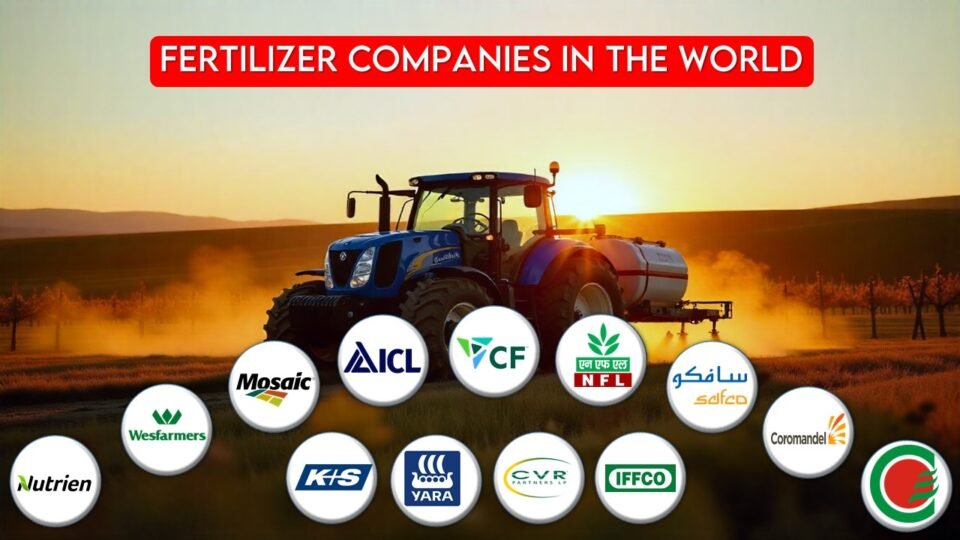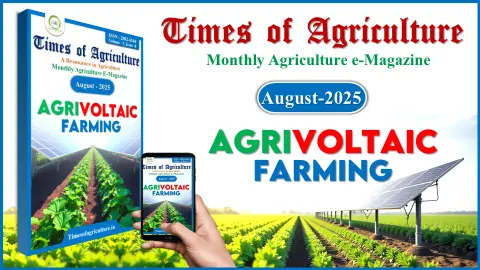Let’s imagine this reality – instead of seeing the smoke-stacked skies of Punjab every winter, farmers get to run their tractors which operate on straw-derived fuel. Irrespective of how comprehend it, we need to consider the biogas future based on the fact that India can produce 62 MMT of LNG equivalent Biogas per annum. We need to tick off every wish from the Indian Biogas Association’s wish list this World Environment Day.
The sights of burning paddy straw can now be converted into biogas – all of the presently getting burnt straw, approximately 5 million metric tonnes can be converted into biogas, which is enough to fill over 20,000 Olympic-sized swimming pools. Punjab’s already has a plant in Sangroor, which also demonstrates that straw can indeed be gold. Unlocking the potential of almost ₹4200 crores clean Bio-CNG per annum while preventing millions of children from copping chronic diseases like bronchitis solved with the minimum 50% diversion of paddy straw for biogas utilization.
Speaking of India, what we do have is a treasure of organic gems that goes to waste. India has begotten around 18% of its generated waste 62 million metric tonnes going to landfills lying around which profusely emits methane and heats our planet for 25 times faster than carbon dioxide. However, minimum 70% of this waste should be diverted to produce renewable natural gas and bio fertilizer. Let us construct local “waste-to-energy kitchens,” just like Indore’s wonder plant which fuels buses using 550 tonnes of leftover waste ‘yesterday’.
And those garbage piles that taunt city horizons? The existing biogas plant marvel in Indore, which produces 17 MT per day of Compressed Biogas, can fuel more than 1000 vehicles a day is set to pioneer a vision. The IBA aspires to erect 500 biogas units near landfills by 2027. Imagine these units: they’re like quiet watchers, turning foul odors into savings. With National Bioenergy Program support of INR 4 crore per 4.8 tonnes per day of Compressed Biogas, these plants could create minimum 50,000 new jobs not as rag pickers, but as green energy engineers. Ever wonder what rampant unemployment does to innovation? The change that waits to happen incredulously gets us fired up. For years, chemical fertilizers have been gouging the life out of farmland. Bio fertilizer coming out of biogas plant, black liquid gold, has the potential to cut fertilizer imports by $1.5 billion while ensuring for restoring the soil’s fertility. If a wheat farmer from Haryana opts for FOM, he isn’t merely cultivating crops he’s growing a vision for the future.
Why this wish list matters now? Because every target is a lifeline:
- Saving lungs and creating village jobs with a 50% straw diversion.
- Cooling cities and fueling rickshaws with 70% rescued food scraps.
- Employing graduates by erasing eyesore landfill plants.
- Healing soil and cutting import bills through FOM adoption.
Biogas isn’t technology—it’s alchemy for ordinary Indians, says Indian Biogas Association. This World Environment Day, let’s demand: a future where farmers smile through clear November skies, city air smells of rain, rot-free, waste becomes wages. We have the blueprint. The courage to turn trash into triumph is what’s needed.
Author- Gaurav Kedia, Chairman, Indian Biogas Association
Latest Post
- November Issue 2025- Times of Agriculture Magazine
- Punjab & Sind Bank Introduces Special Program to Support Food and Agro-Processing Sector
- Beyond Classrooms and Gardens: How a Professor Turned His Passion into Purpose
- October Issue 2025- Times of Agriculture Magazine
- Top 10 Pesticide Companies in the World
- September Issue 2025- Times of Agriculture Magazine
- Top 15 Fertilizer Companies in the World
- Top 10 Vegetable Farming Profit Per Acre in India
- August 2025 : Times of Agriculture Magazine (AgriVoltaics Farming)


